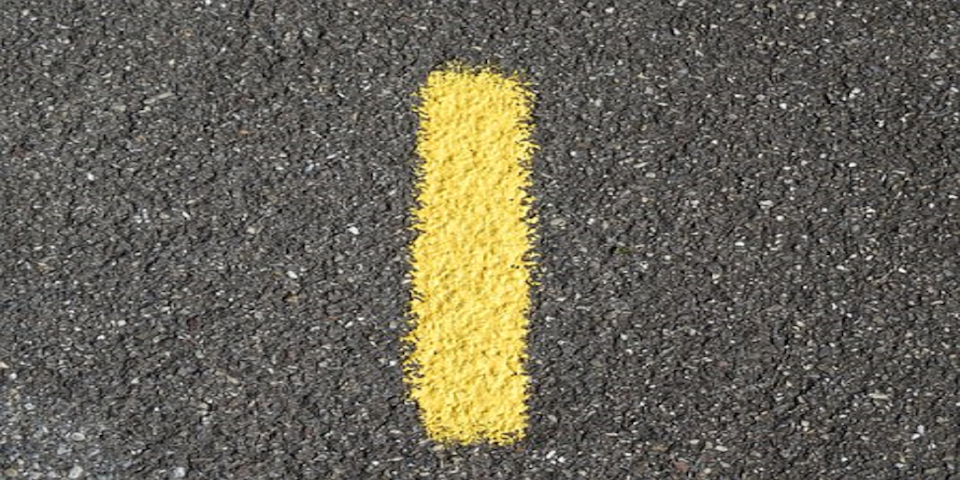Fuel for Thought

America's First...
While the U.S. may not have been the first to do so, have you ever wondered about some of the “Firsts” as they now apply to drivers?
The first speed limit for motorized vehicles can be traced back to 1901 and of all places, Connecticut. Yep, Connecticut was the first state to enact a speed limit law for motorized vehicles. And what was a speed limit like in 1901? A whopping 12 mph on city streets and 15 mph on country roads, with an addendum that stated cars were to stop for horse-drawn carriages. By today’s standards that may seem very low, but back then you were lucky if (A) you had a car and (B) it would even go that fast.
What good is a speed limit without a road you ask? Well the first roads in America were gravel or paved, but nothing like what we have today. In fact, it was partly due to the Model T’s popularity in 1908 that led Congress to pass the Federal-Aid Road Act of 1916. That’s right 8 years after cars became more commonplace. It seems these days a number of roads are still trying to catch up with the amount of cars.
So we have roads and speed limits, what about traffic signals? The first electric traffic light was installed in Cleveland, OH on August 14, 1914. It only had two colors, red and green, but also had a buzzer to indicate when it was about to change color.
The first license plates were originally started in New York in 1901, but at the time, if you owned a car, you were required to make your own plates. It would be two years later before license plates were state issued and this “first” came from Massachusetts.
Which brings us to another “first”, driver’s licenses. In 1903 New York would start issuing badges to chauffeurs. That same year Missouri and Massachusetts would be the first states to require all drivers to have a license, not just professionals. By 1935 only 39 states required drivers to have a license and very few of them even required a test, despite public concern over incompetent drivers. (Note: for all the testing we have today to obtain a license, we are still riddled with incompetent drivers.)
We have cars, lights, roads and licenses, but what about gas? The first “gas station” was built in 1905 in St. Louis, MO. The second was in 1907 in Seattle, WA. On e in Altoona, PA claims to date back to 1909, but the first “drive-in” filling station was opened in Pittsburgh, PA in 1913. (with all the cars available dating back to the popular Model T in 1908, where did they all get fuel?) The Pittsburgh “drive-in” filling station was the first built solely to be a gas station and resembled what we see today, a covered drive-up filling area. Before this new style of filling station, drivers would pull up to a general store, hardware store or even some blacksmiths to fill their tanks.
Now that we have covered the essentials to go for a drive in the early 1900s, and there are a few laws regarding driving, so when did enforcement first start? Well, the first speeding infraction was committed by a New York taxi driver (who would’ve guessed?) in his electric car on May 20, 1899. He was flying down Lexington Street in Manhattan at 12 mph! At the time the speed limit for straight aways was 8 mph and 4 mph when turning. The driver was not issued a paper ticket, but rather he was imprisoned. The first paper ticket issued was in 1904 in Dayton, OH also for driving 12 mph.
Lastly, painted lines and road markings. In 1911, Trenton, MI was the first to paint a white center line on one of their roads. But wait, center lines dividing opposing traffic are yellow. Well, after decades of debate, white was decided to be used as the color for center lines on highways….until 1971 when new standards were mandated and yellow became the definitive color for dividing opposing traffic and white lines to divide traffic moving in the same direction, which we still use today.
I had fun researching this, I hope you found it interesting to look back at some things we may take for granted today.
See you down the road,
Greg
